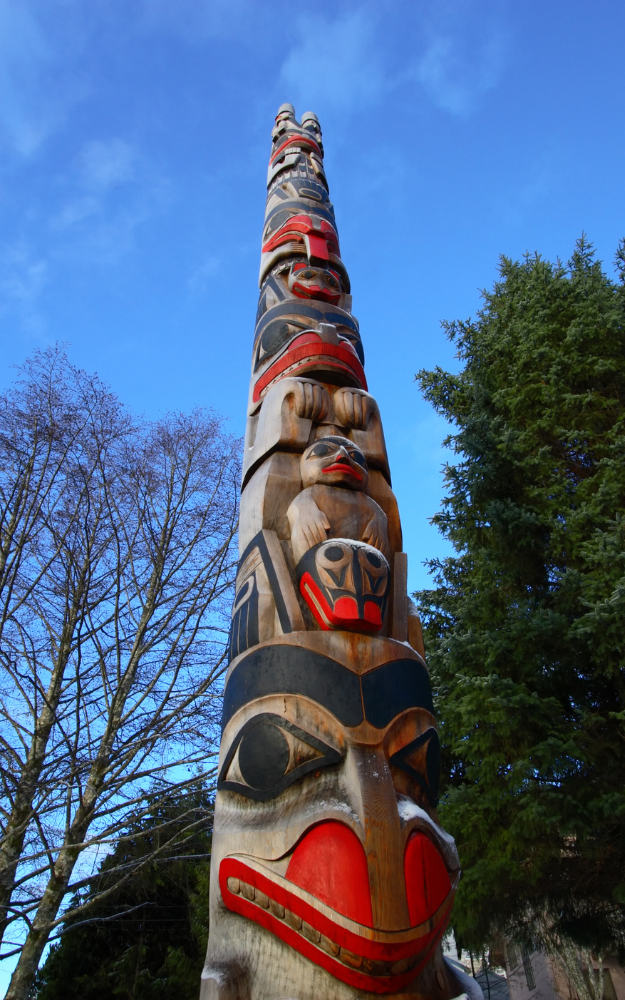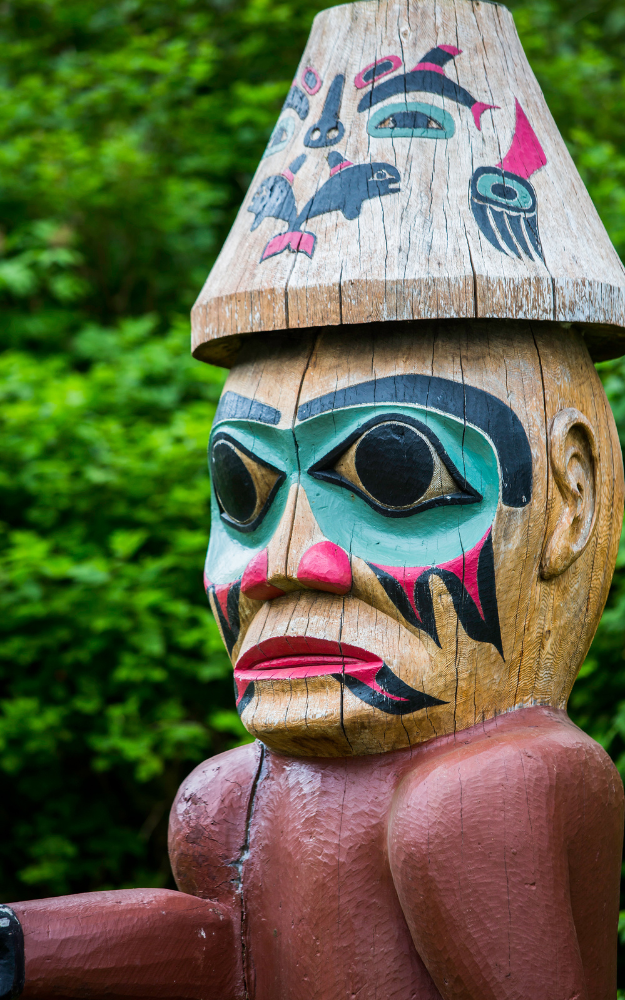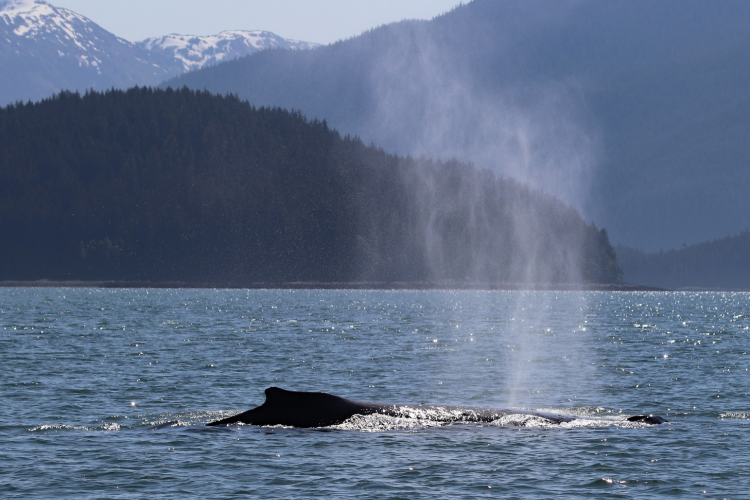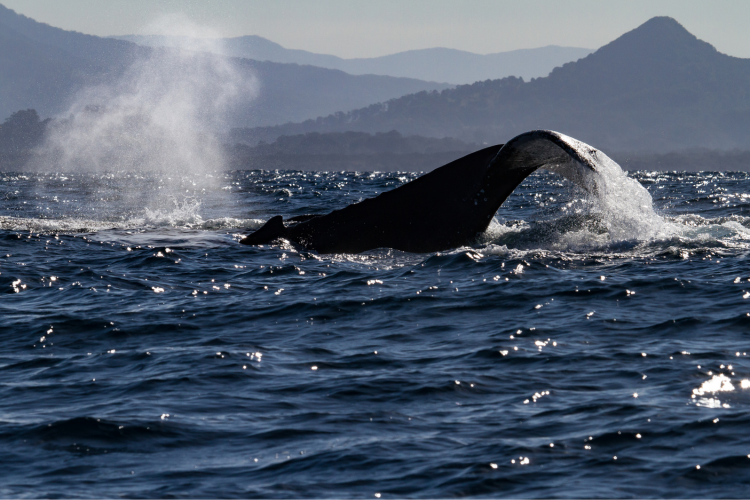Southeast Alaska is one of the world’s best places to see humpback whales in the wild. These ocean giants migrate thousands of miles each year, returning to nutrient-rich Alaskan waters to feed, socialize, and put on one of the most breathtaking wildlife displays on Earth.
If you’re planning a Ketchikan Wildlife Tour, prepare for an unforgettable experienc. You may see a 50-foot whale breaching, hear the mystical sound of a whale song, or witness a tail slap that echoes across the water.
But there’s so much more to these incredible creatures. Let’s explore the behaviors, cultural significance, and conservation efforts that make humpback whales one of the most fascinating species on the planet.
Humpback Whales in Tlingit Culture: A Sacred Connection
For the Indigenous Tlingit people of Southeast Alaska, nature and culture are deeply connected. Whales, especially humpbacks, hold a sacred place in their traditions.
The Tlingit are divided into two groups: the Raven and the Eagle moieties. Within these, there are clans, one of which is the Yéil (Whale) Clan. The humpback whale is a symbol of strength, wisdom, and the deep bond between people and the ocean.
Stories and Traditions
Tlingit stories describe whales as protectors, teachers, and even transformed humans. Some legends say whales can understand human speech and guide those who respect the ocean.
FUN FACT: You can see whale totems in Ketchikan, each telling a unique story that has been passed down for generations.
The Great Migration: Humpbacks’ Epic Journey
Humpback whales (Megaptera novaeangliae) migrate farther than almost any other mammal. They travel up to 5,000 miles between their winter breeding grounds (Hawaii, Mexico, or Japan) and their summer feeding grounds in Alaska.
FUN FACT: The same whales return to Alaska year after year! Scientists have identified individual whales by their unique tail markings.
Why migrate so far? Food. Alaska’s cold waters create the perfect feeding grounds for krill and small fish, allowing humpbacks to consume up to 3,000 pounds of food per day.
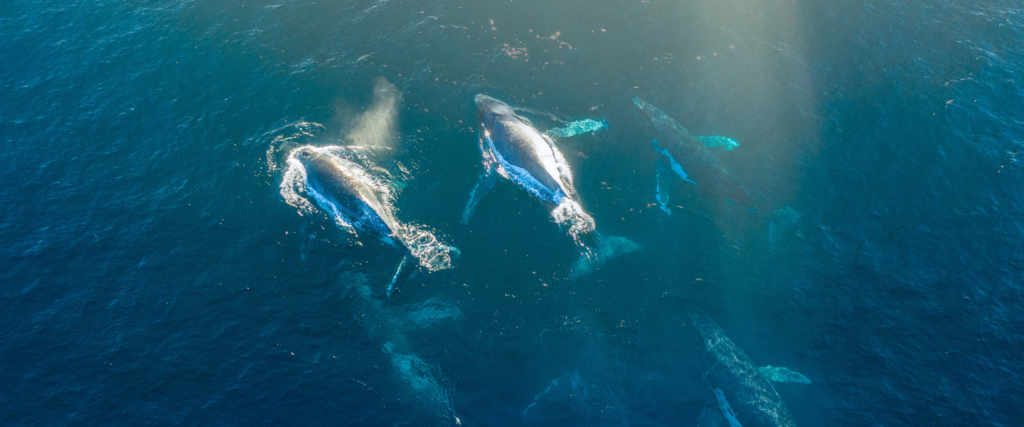
How Do Humpbacks Sleep?
Unlike humans, whales can’t fall into a deep sleep, or they would drown. Instead, they use a fascinating adaptation to rest safely in the ocean.
Humpbacks sleep with only half of their brain at a time. One half stays awake to control breathing and watch for danger, while the other half rests.
They often float just below the surface or slowly drift while napping. This allows them to come up for air without fully waking up.
Fun Fact: Some whales sleep vertically, with their heads pointing downward and tails at the surface—a truly amazing sight!
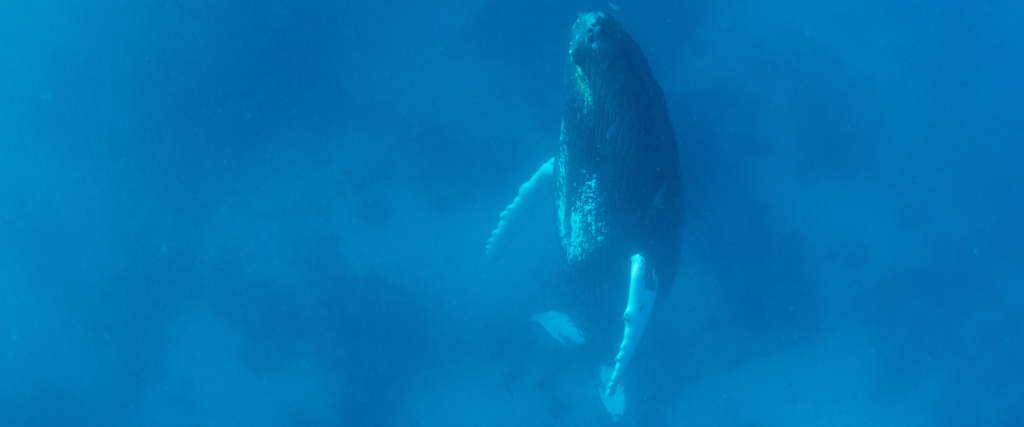
Humpback Whale in Ketchikan: Behaviors You May Witness
One of the best parts of a Ketchikan Wildlife Tour is seeing these gentle giants in action. Here are some spectacular behaviors you might witness:
1. Bubble-Net Feeding: A Teamwork Masterpiece
Unique to Southeast Alaska, bubble-net feeding is one of nature’s most incredible hunting techniques. A group of humpbacks works together to corral fish into a tight ball using a spiraling net of bubbles.
Once the fish are trapped, the whales simultaneously lunge upward with their mouths open, swallowing thousands of fish in one gulp.
FUN FACT: Not all humpbacks know how to do this—it’s a learned behavior passed down through generations!
2. Breaching: The Ultimate Whale Acrobatics
Breaching is when a humpback launches itself out of the water, creating an awe-inspiring splash. Scientists aren’t entirely sure why they do it, but possible reasons include:
Communication (sending signals to other whales)
Playfulness (just for fun!)
Parasite Removal (shedding barnacles)
FUN FACT: Humpbacks have the longest flippers of any animal on Earth—up to 16 feet long!
3. Tail and Fin Slapping: The Ocean’s Drumbeat
Humpbacks often slap their tails or pectoral fins on the water, creating loud sounds. This could be a form of communication, a mating display, or a way to scare fish into a tight group before feeding.
4. Spyhopping: The Curious Whale Peek
If you’re lucky, you might see a whale lifting its head above the water and holding it there for several seconds. This behavior, called spyhopping, allows whales to check out their surroundings—including boats and kayakers!
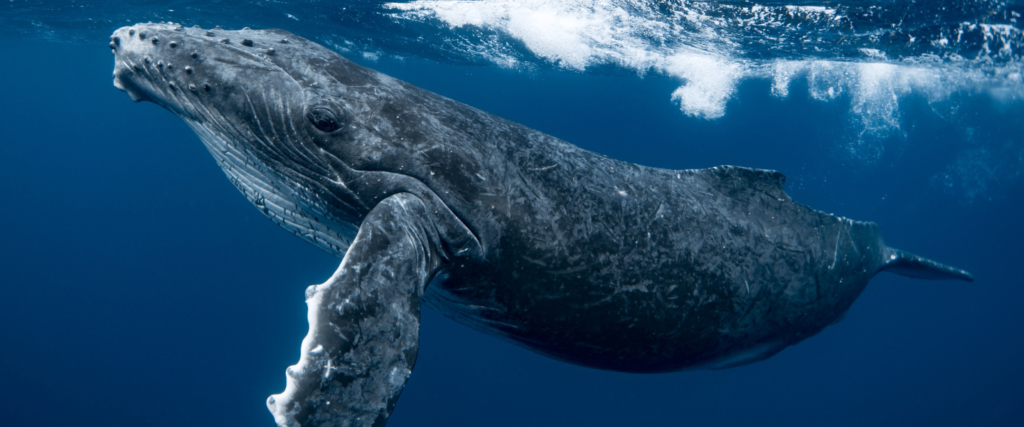
The Hauntingly Beautiful Whale Song
One of the most mysterious aspects of humpback whales is their songs.
Only male humpbacks sing, producing long, complex melodies that can last for 20 to 40 minutes. These songs change slightly each year, almost like a remixed version of an old tune.
Scientists believe humpback songs serve two main purposes:
Attracting mates (similar to bird songs)
Long-distance communication (songs can travel for miles underwater!)
FUN FACT: Each population of humpbacks has its own unique song, different from those in other regions!
Conservation: Protecting Alaska’s Gentle Giants
Humpback whales have made a remarkable comeback since commercial whaling was banned, but they still face threats, including:
- Climate change (affecting food sources)
- Ship strikes (collisions with boats)
- Fishing gear entanglement
Organizations like NOAA and the Alaska Whale Foundation work hard to study and protect these whales. Responsible whale-watching tours in Ketchikan follow strict guidelines to ensure the safety and well-being of these gentle giants.
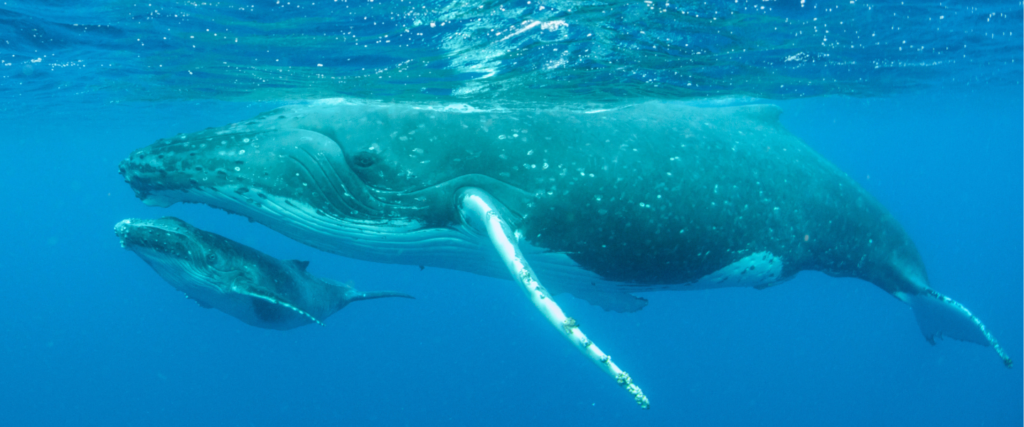
Humpback Whales in Ketchikan: Why its one of the One of the Best Places for Whale Watching
Ketchikan’s prime location along the Inside Passage makes it one of the best whale-watching destinations in the world. From June to September, humpback whales are actively feeding, socializing, and displaying amazing behaviors.
On your tour, you may also see:
Orcas (killer whales)
Sea lions
Coastal brown bears along the shore
It’s a true Alaskan wildlife adventure!
Book Your Wildlife Tour Today and see humpback whales in Ketchikan!
There’s nothing quite like the thrill of seeing a humpback whale in Ketchikan. Whether it’s a breach, a song, or a mesmerizing feeding display, it’s an experience you’ll never forget.
Ready to witness Alaska’s gentle giants up close? Book your Ketchikan Wildlife Tour today and experience the magic of humpback whales for yourself!

